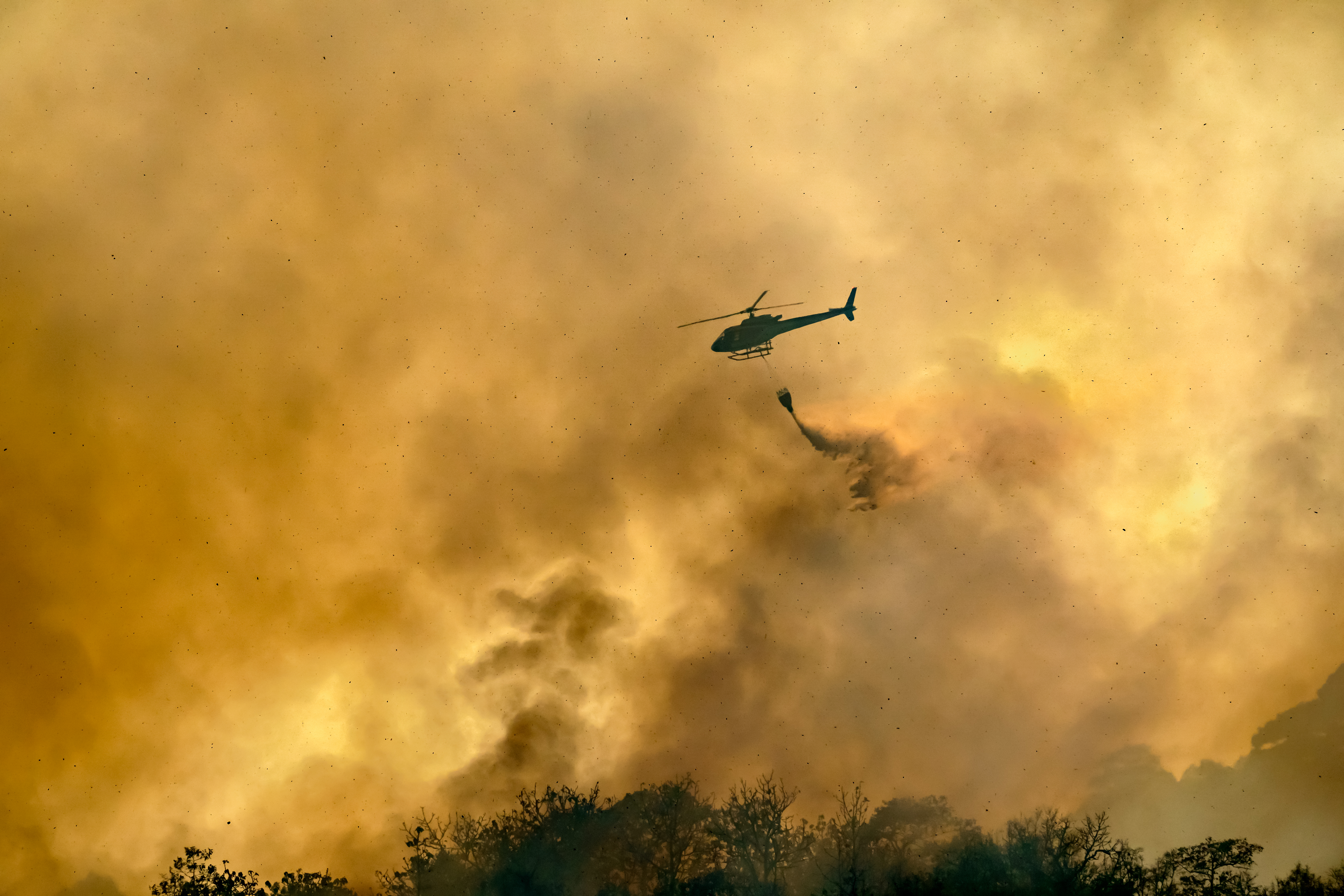
Investigators have found that the number of visits to dermatologists for atopic dermatitis and eczema may have increased during the summer months of 2023 following the Canadian wildfires, according to a recent study published by Mangual et al in Dermatology and Therapy. The investigators noted that the wildfires in Quebec may have dispersed high levels of air pollutants such as carbon monoxide, particulate matter 2.5 µm in diameter (also known as PM2.5 or fine particles), and ammonium phosphates across the northeastern United States, therefore aggravating certain health issues. In the new study, the investigators used the U.S. Environmental Protection Agency Outdoor Air Quality webpage to analyze carbon monoxide levels during the months following the Quebec wildfires. They then examined patient visits to dermatology clinics at Mass General Brigham in the summer months of 2023 and compared them to visits during the corresponding months in 2019 through 2022. The investigators discovered that carbon monoxide levels were significantly higher in 2023 and identified an atypical summer peak that was positively associated with an increase in dermatology clinic visits for atopic dermatitis, dermatitis, and eczema compared with the previous years. The investigators emphasized that their new findings demonstrated the impact of acute air pollution events on skin health—especially among low-income communities and geriatric and pediatric patients. They concluded that health-care professionals and policymakers should collaborate to improve air quality and purification policies in order to reduce the burden of skin diseases.